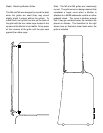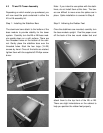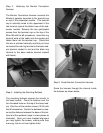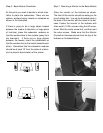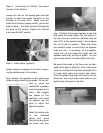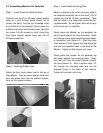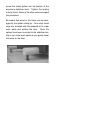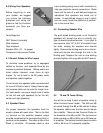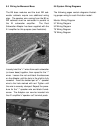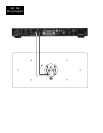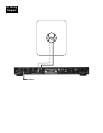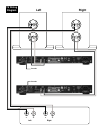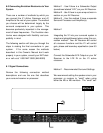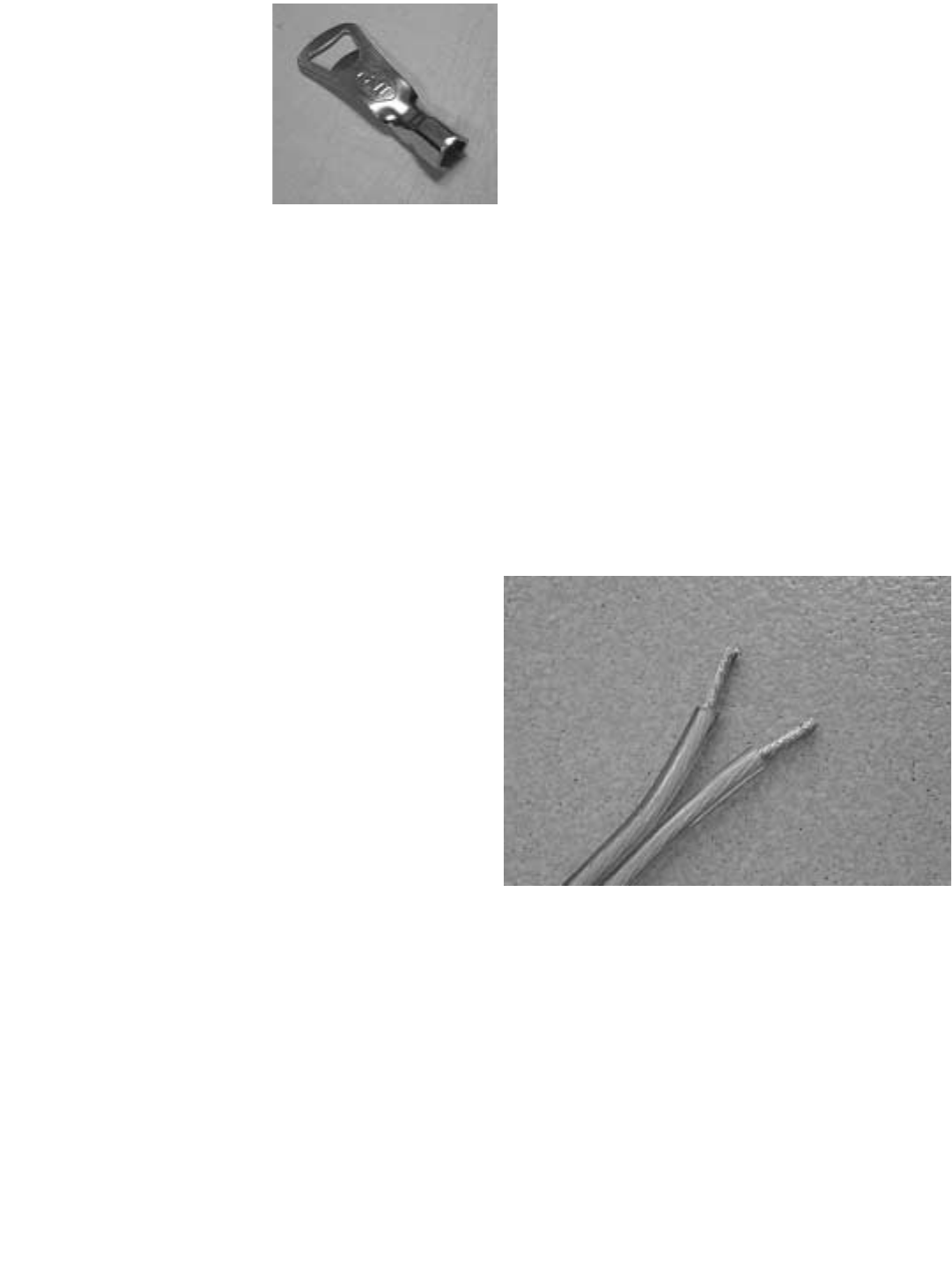
5.0 Wiring Your Speakers
Before beginning to wire
your system, we suggest
you review the following
guidelines and wiring dia-
grams to find the Evolution
system(s) you have pur-
chased.
Tools Required:
NHT Wrench (included)
Wire strippers
Tape measure
Speaker Wire (10 - 14 gauge)
Component Interconnect Cables
5.1 General Guides to Wire Layout
To minimize noise problems, try to segregate
cables by function, and separate them by the
maximum practical distance. Where audio and
video cables intersect, cross them at right
angles. Try not to twist or tie AC power cords
and speaker cables together.
The minimum size speaker cable recommended
for runs of 20 feet or less is 14awg. Heavier spe-
cial purpose cable can be used for longer runs.
For best results, use equal length runs of cable
for the left and right speakers (or for the left,
center and right speakers).
5.2 Speaker Phase
For proper response, the speakers must be
wired in-phase with each other. That is, the Red
(+) terminal on the amplifier speaker output
must be connected to the corresponding Red (+)
terminal on the speaker. The same is true of the
Black (-) terminals. All speaker cable or wire
has a marking along one or both conductors to
help you make the correct connections. Weak
bass and the lack of a well-defined image are
indications that speakers are wired out of
phase. A well-defined image is one in which
you can easily locate the positions of perform-
ers in the sound field.
5.3 Connecting Speaker Wire
The gold plated binding posts on all Evolution
speakers will accept raw wire or virtually any
type of special purpose terminal. If you plan to
use raw wire, strip 1/2" to 3/4" of insulation from
the ends, twisting the exposed wire strands
tightly. Remove the binding post nuts on the ter-
minal and slip the wire through the hole in the
binding post. Replace the nuts on the binding
post and tighten until snug with the NHT wrench.
5.4 T5 and T6 Tower Wiring
You will be running 2 pairs of speaker wires to
either Evolution tower model. The M5 and M6
are wired through the B5 or B6 cabinet to keep
the speaker cables near the floor and to reduce
their visibility. There are two Terminal Plates on
the backside of the B5 and B6. The top terminal
plate connects an M5 or M6 to your AV Receiver
or amplifier. The bottom terminal plate connects
a B5 or B6 to an A1 subwoofer amplifier.



